Lots of ancient mysteries can never be solved due to many different reasons: the loss of evidence and data, the destruction of archaeological monuments, and so on. But National Geographic archaeologist Fredrik Hiebert thinks that we’re about to make even more wonderful discoveries that can reveal some secrets from the past.
We gathered 9 mysterious cases that can’t be explained even in the 21st century.
9. The Tomb of the Red Queen, Mexico

In 1994, archaeologists found a burial chamber in Palenque (the Maya city). They discovered a coffin with a woman’s remains that were covered with red powder. There were also pearl and nephritis collections inside. Around the skull, there was a diadem and there were pieces of what had been a funeral mask. Studies show that the Red Queen was around 60 years old.
It’s interesting because power could only be inherited by men. Women weren’t honored in such a way that they would be buried with treasures similar to the ones found in the Red Queen’s coffin.
8. Man of La Venta, Mexico, 1947
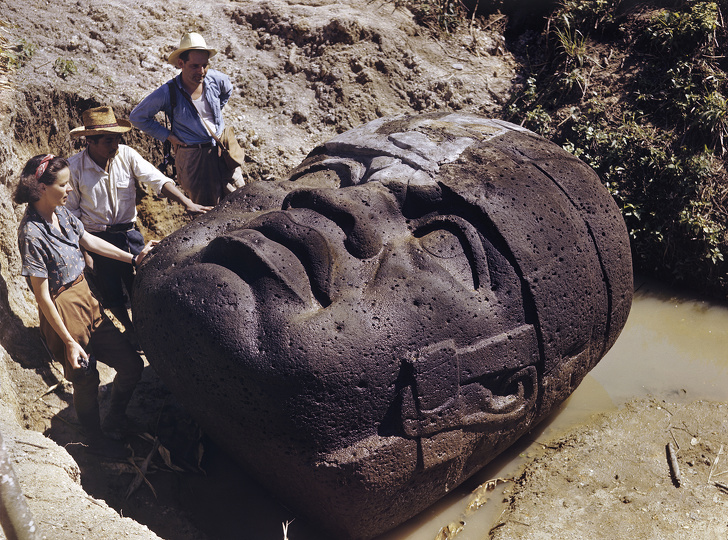 611691.tif[/caption]
611691.tif[/caption]
This photo shows archeologists studying a huge Olmec stone head in La Venta, Mexico. 17 heads were found in total and there are so many questions: how did people of that time manage to create such big and heavy statues? Which tools did they use? How did they transport the materials? And why did they actually need such huge heads? Because there are many small statues along with these 17.
7. Winchester rifle, model of 1873
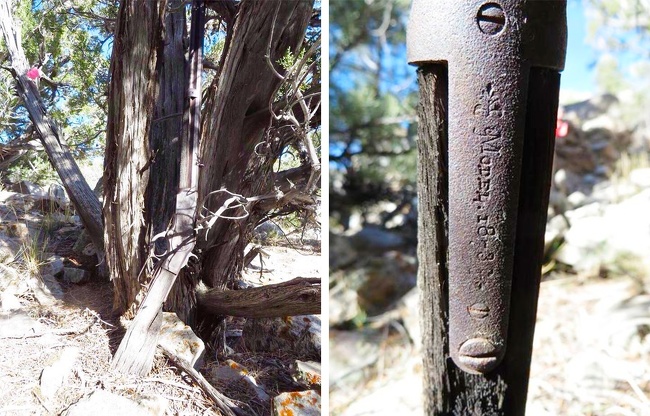
This Winchester was found leaning against a tree at Great Basin National Park in Utah. In the 1870s, lots of mines and ranches started to appear in that area. It’s surprising that no one has touched the rifle for over 100 years.
6. Lost City in the Kalahari Desert in South Africa
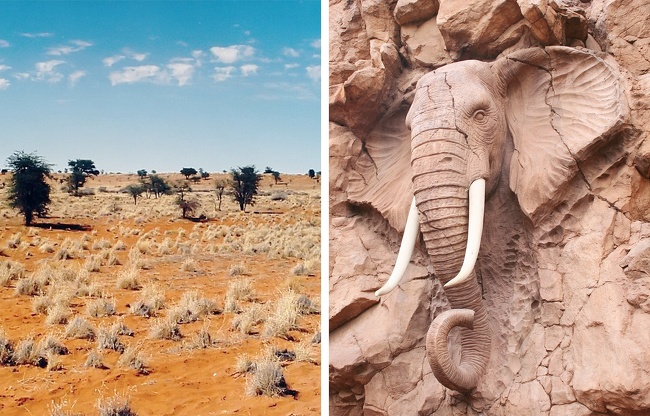
In 1885, the traveler and inventor The Great Farini wrote a report about a mysterious city that he found in the desert. He passed the report to Great Britain’s Royal Geographical Society and published a book where he described his findings in detail. Farini claimed that the city was built in the form of an arc and some parts were hidden under sand.
Professor A. J. Clement researched the story and assumed that the city in the report was a set of monumental rocks resembling walls. In 2016, after another expedition to the Kalahari, scientists finally found the rocks that were described in Farini’s report. It’s still unknown whether these walls are real or fake.
5. The Tomb of Alexander the Great
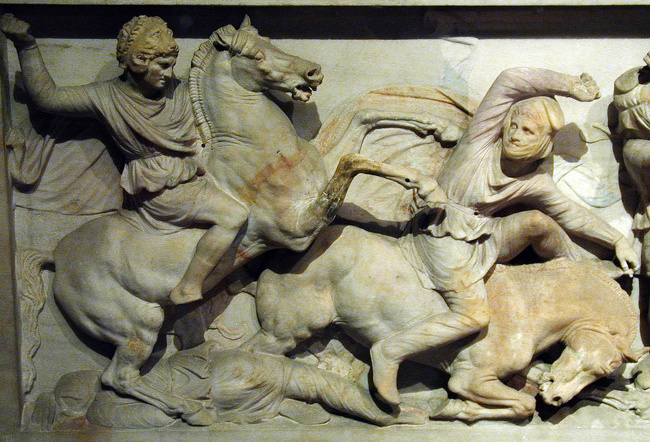
According to one version, the commander’s body was put in a golden coffin that was sent to Memphis and then to Egyptian Alexandria, where he disappeared.
It was said that Alexander’s coffin was found in Sidon (Lebanon): the warrior in a lions’ helmet depicted on the coffin really resembled the commander. Later, it was discovered that it was the coffin of the King of Sidon.
In 2014, a skeleton was found in Central Macedonia. Scientists think that it may be Alexander’s skeleton. This version can be either approved or declined only after a DNA test and thorough examinations.
4. Mummies found in San Bernardo, Columbia

More and more tourists come to the Columbian city of San Bernardo each year. And the reason is a mystery that scientists still can’t figure out.
In 1957, the local cemetery flooded, and people had to remove the remains from there. Workers were amazed because some corpses somehow were naturally mummified in their coffins.
Local people say that the reason was a special diet that contained the chayote fruit. But it doesn’t explain why all of the clothes were also preserved.
You can find some pictures of the mummies in the museum.
3. The Tomb of Genghis Khan
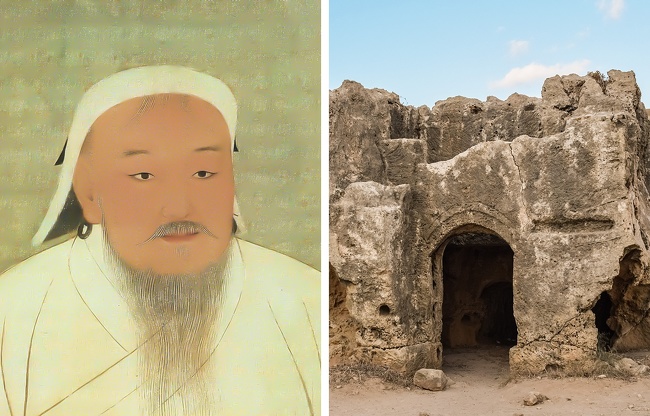
In the 15th century, the place where Genghis Khan won the great battle was found. According to a legend, Genghis Khan said it was his favorite place. Amateur archaeologist Maury Kravitz dedicated 40 years to his search for the tomb.
Kravitz tried to find the Bruchi river but it turned out to be unknown to cartographers. He did, however, discover a toponym: Baruun Bruch. Though the amateur archaeologist is sure of his supposition, the location of the tomb is still unknown.
2. The Pomorie tomb, Bulgaria
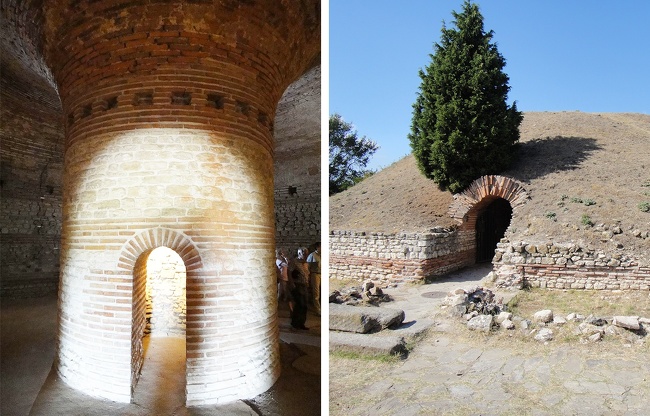
This dome tomb is located on the territory of the Anhialo necropoles (the predecessor of modern Pomorie) of the Roman rule time. The tomb combines both Thracian and Roman traditions.
Some researchers think that the tomb was considered to be a monument in honor of the hero of that time. Studies continue even today because scientists want to know the real purpose of this building.
1. The Sibiu Manuscript, Romania

The Sibiu Manuscript is the first document that describes rocket science in detail. Medieval scientist Conrad Haas successfully explained the launch of a multistage rocket in 1555 and he might be the author of these writings.
Haas also described modern spacecrafts and wrote about rocket fuel. The authenticity of the manuscript causes some doubts and experts study it even nowadays.












